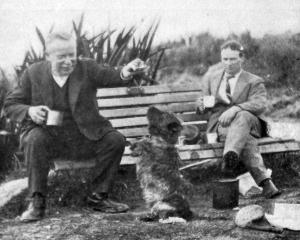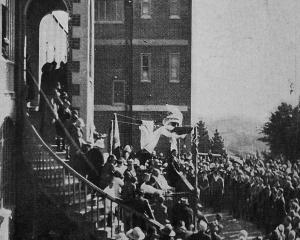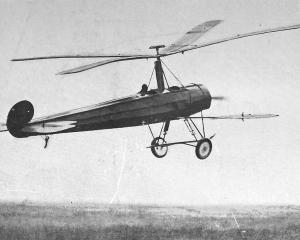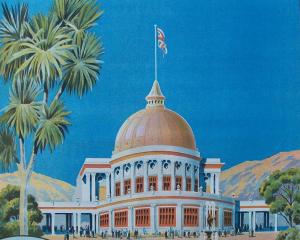It was said that the vessels which converged on the scene of the disaster on the following morning had accounted for all the great liner's boats. Now Captain Smith, of the Oceanic, a brother of the Titanic's master, has discovered a boat of death in mid-Atlantic. It was a collapsible, and was picked up 200 miles south of the wreck.
The Telegraph's New York correspondent says: "The boat, when found, contained the bodies of three persons, who had died of the combined effects of starvation and exposure, and the indications present that there had been two other occupants, who died and were buried at sea. Little bits of chewed cork in the bottom of the craft near two bodies huddled together told their story of hunger, despair, and death. No letter or any memorandum of any kind gave a clue to the story of the victims, but it is believed that the three men whose corpses were found survived the disaster for several days.
"One of the victims was doubtless Thompson Beattie, of Chicago, another a sailor, and the third a fireman. A woman (a widow) must have been another occupant of the boat, for two wedding rings, bearing the inscription "Edward to Gerda" were found. The fifth occupant must have been a man named Williams, for a fur overcoat with that name written on a tailor's pad in the pocket was also in the boat.
"No vestige of food or water was discovered, nothing except the pieces of chewed cork, which had been torn from the life preservers.
"The ship's surgeon (Dr French) was summoned by the captain, a crew was put into the boat, Dr French went into the stern seat, and the boat went out to the bobbing collapsible.
"Those who possessed strong glasses perceived that he and his men were busy with bodies in the boat. They noticed that great sheets of canvas were produced, and that the bodies were being wrapped up in them. Then they saw the surgeon rise, and, supported on either side, hold a book before him. They could not see his lips move, but they knew he was reading the service for the burial of the dead. There were three splashes, and the Oceanic's boat then came slowly back with the Titanic's collapsible zigzagging behind it. The two craft were hoisted to a place on deck, and the Oceanic went on her way."
• While shooting at Terawhiti during last week (says the New Zealand Times) Mr Doherty had the good fortune to bag an extremely rare visitor to the country. Flying with some gulls he saw what he recognised at once was a strange bird, but on bringing it to the ground was unable to identify it.
The bird's body and wings were white spotted all over with black, its head was blue and its breast white.
Several other sportsmen to whom the bird was shown failed to recognise it, but it was identified by the Government taxidermist as a Bounty Island pigeon. The expert declared that the bird was probably the only specimen of its kind in Australasia.
Its customary haunt was in the Antarctic regions, and its presence in New Zealand could only be accounted for on the supposition that recent storms had blown it in this direction. - ODT, 3.7.1912.
• COPIES OF PICTURE AVAILABLE FROM ODT FRONT OFFICE, LOWER STUART ST, OR WWW.OTAGOIMAGES.CO.NZ












